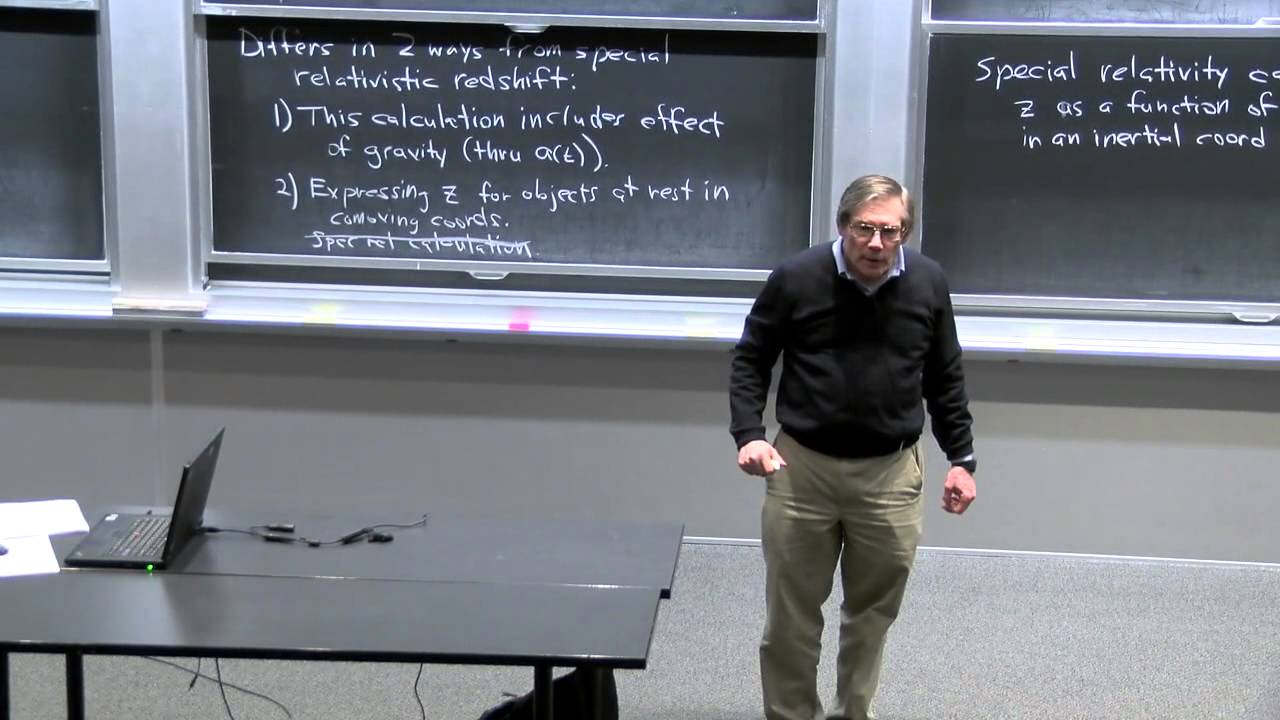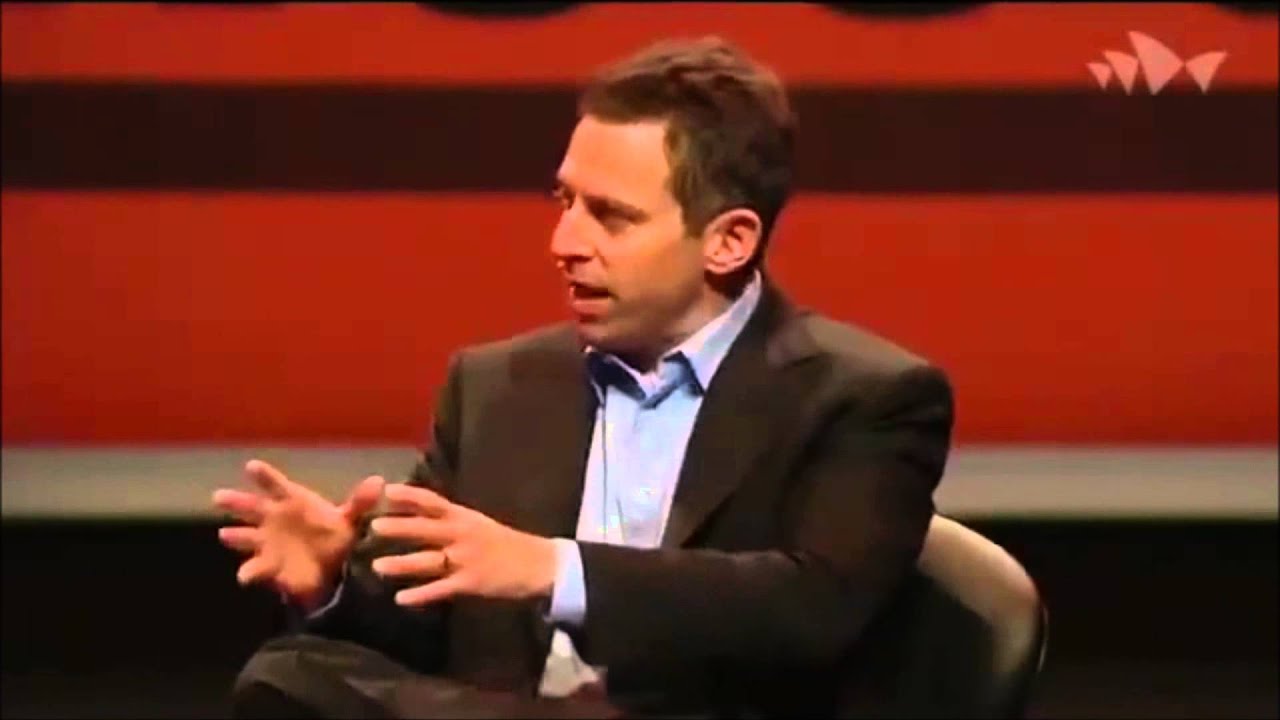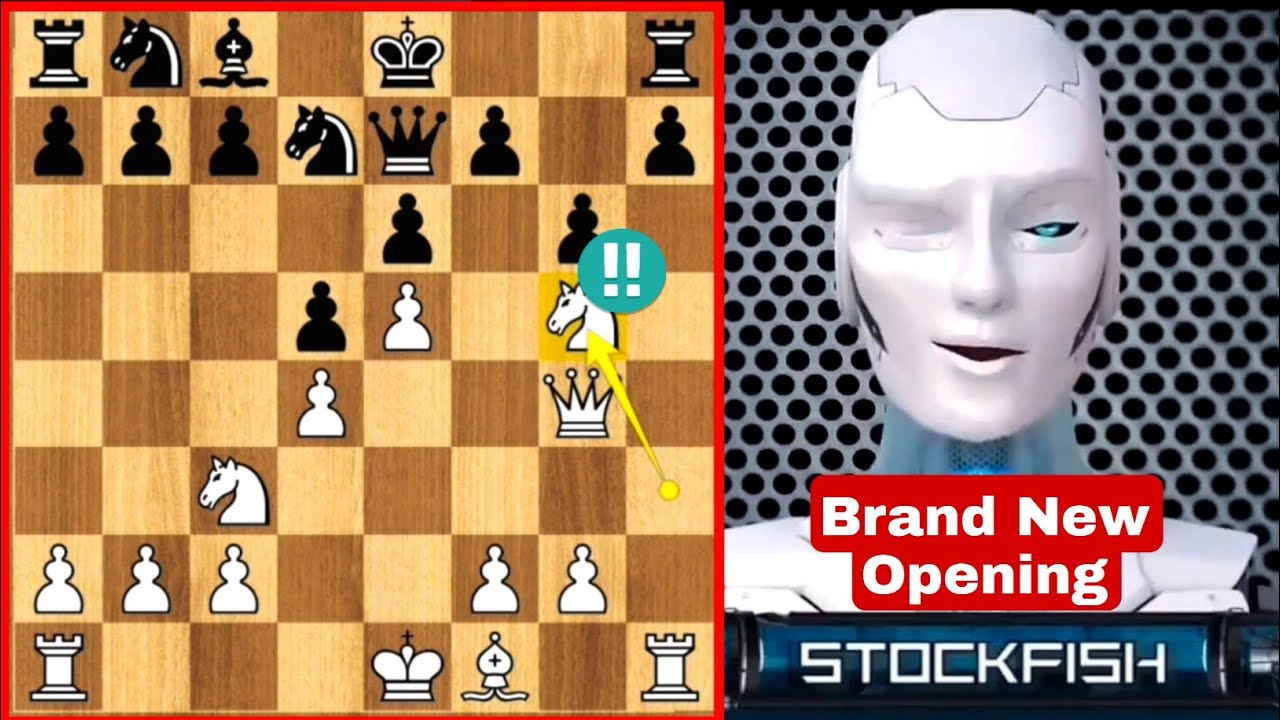MIT OpenCourseWare
MIT 8.286 The Early Universe, Fall 2013
View the complete course: http://ocw.mit.edu/8-286F13
Instructor: Alan Guth
In this lecture, the professor quickly reviewed the homogeneous expanding universe, then discussed cosmological redshift and the dynamics of homogeneous expansion.
License: Creative Commons BY-NC-SA
More information at http://ocw.mit.edu/terms
More courses at http://ocw.mit.edu
Source




Alan guth awesome lecturer
Any physic law for describing an accelerating system, must contain the term of acceleration, otherwise the description must be inaccurate and incomplete. Hubble law and Doppler shift do not contain the term of acceleration, therefore should not be used to describe the accelerating universe. Or need to extend Hubble law and Doppler law to including the acceleration. davidpeng949@hotmail.com
29:00 just to remind You: a good question.
why did hubble only observe the galaxies further than those in a super cluster to call it a red shift. Isnt it more logical to say some thing about the closer galaxies first? and especially with the old telescopes. i know galaxies in a super cluster looked eventually colliding one day, because i saw some NASA youtube video about it. but they didnt say anything about their blueshift, or colliding.
where does the blue shift stop and the red shift begin? are galaxies in local cluster(10's of million light years) blue shifted?
are all galaxies in super cluster(100's of million light years) blue shifted?
at about 55:00, there's an error – minus gradient of potential is actually force, not acceleration. So to get the acceleration the gradient of the potential should be divided by mass which is accelerated.
in a spherical universe , Newton`s theory wouldn't be valid that way we can have a perfect symmetry in all sides
if in the parsec definition we have AU , how we can explain it in other galaxy
light speed ok
hidrogen atom ok
but AU ?
If we are moving in the cosmic microwave background , can It be used to calculate where we were ? and so with it a center ?
My understanding is that the greater the distance between 2 galaxies, the higher the recession rate. I have a question about the Milky Way Galaxy and the Andromeda Galaxy. They are on a collision course due to motion. Question: Is the space between the 2 galaxies stretching, but only at a low rate which does not sufficiently cause the 2 galaxies to recede away from each other dramatically enough to avoid a motion-caused collision ?